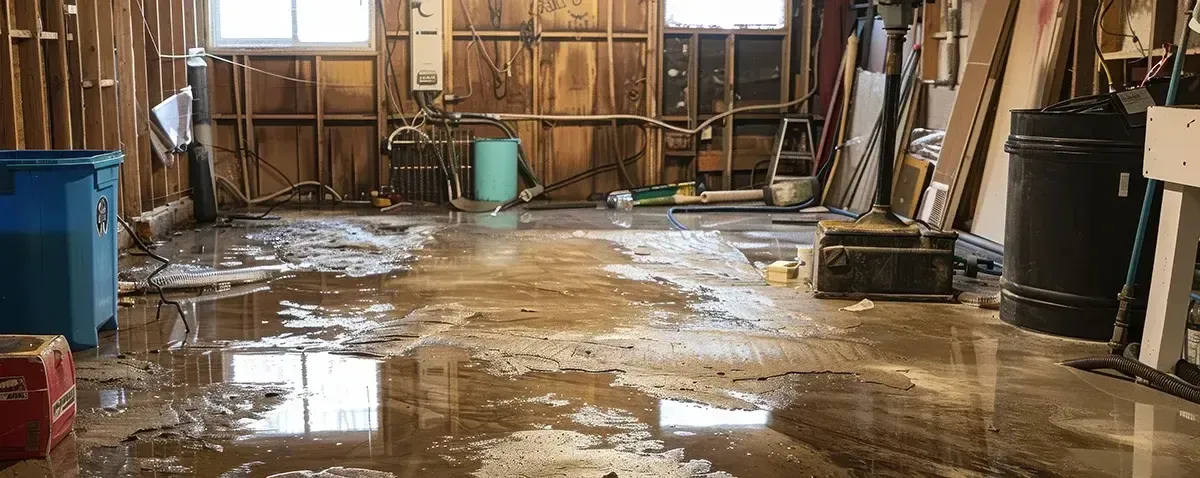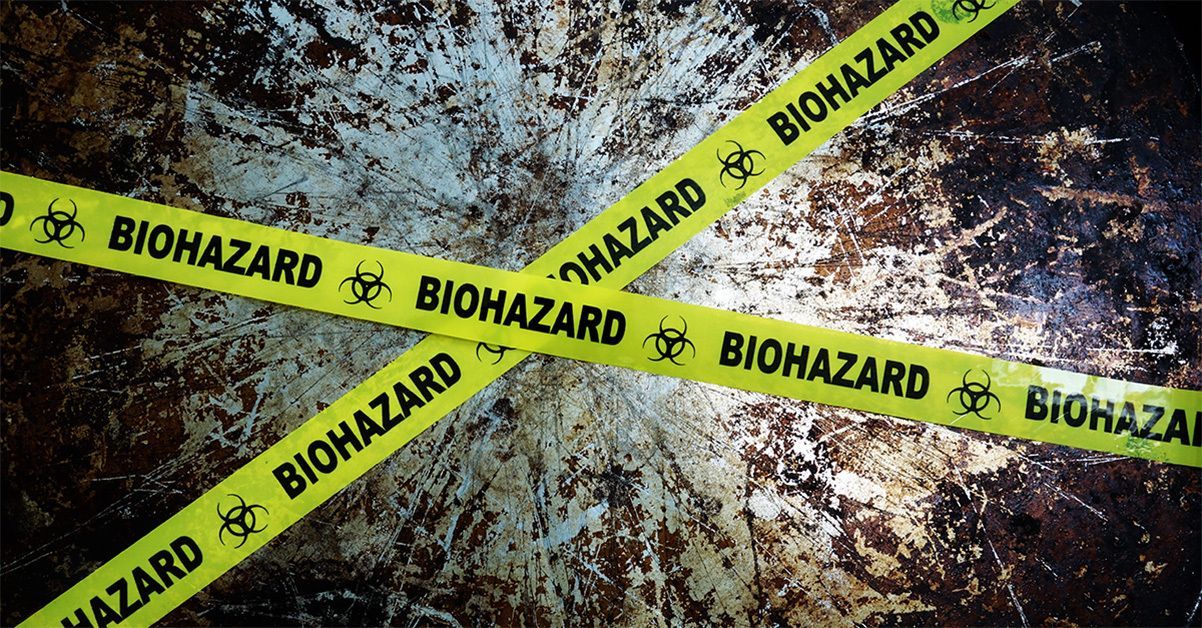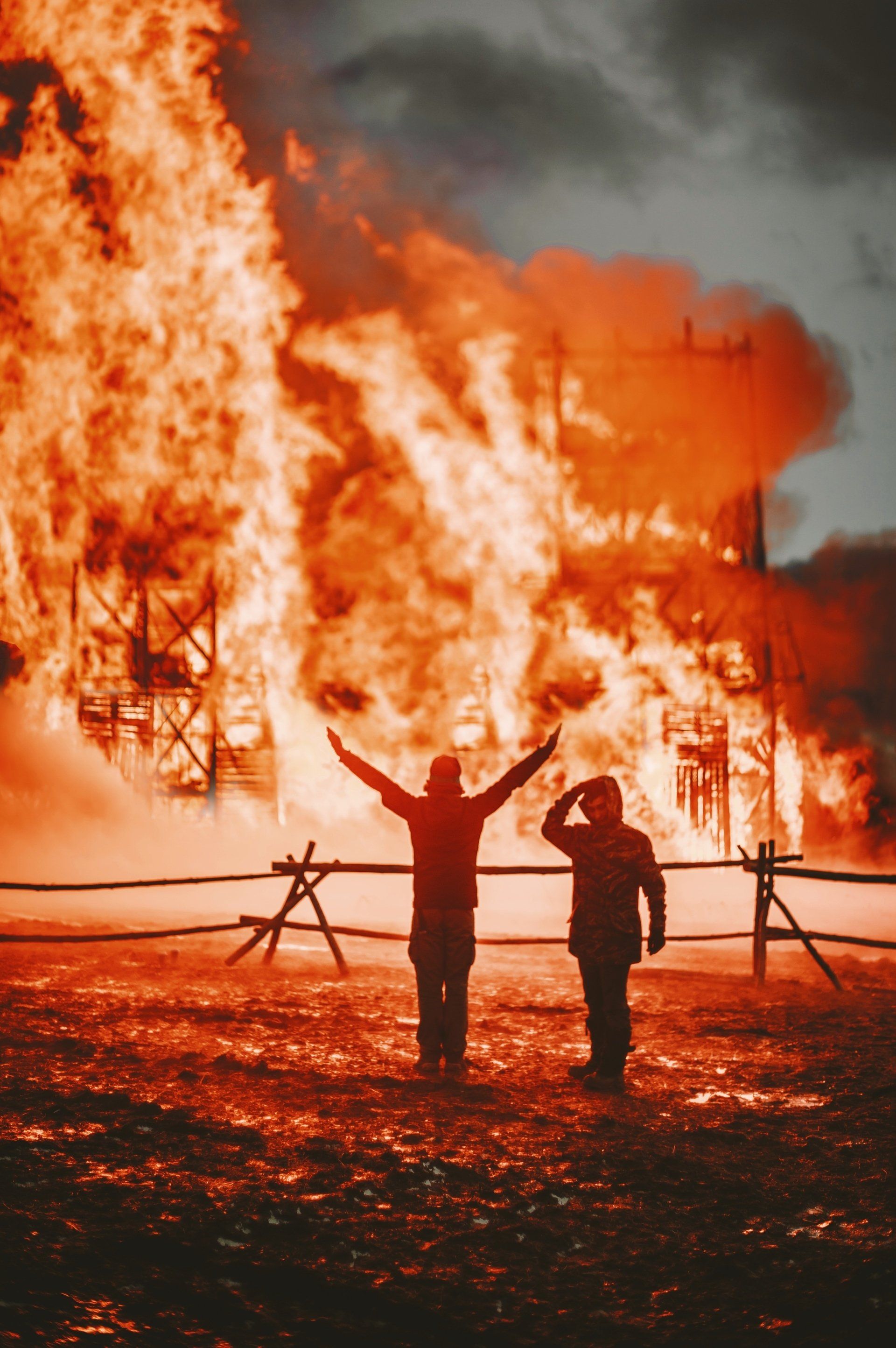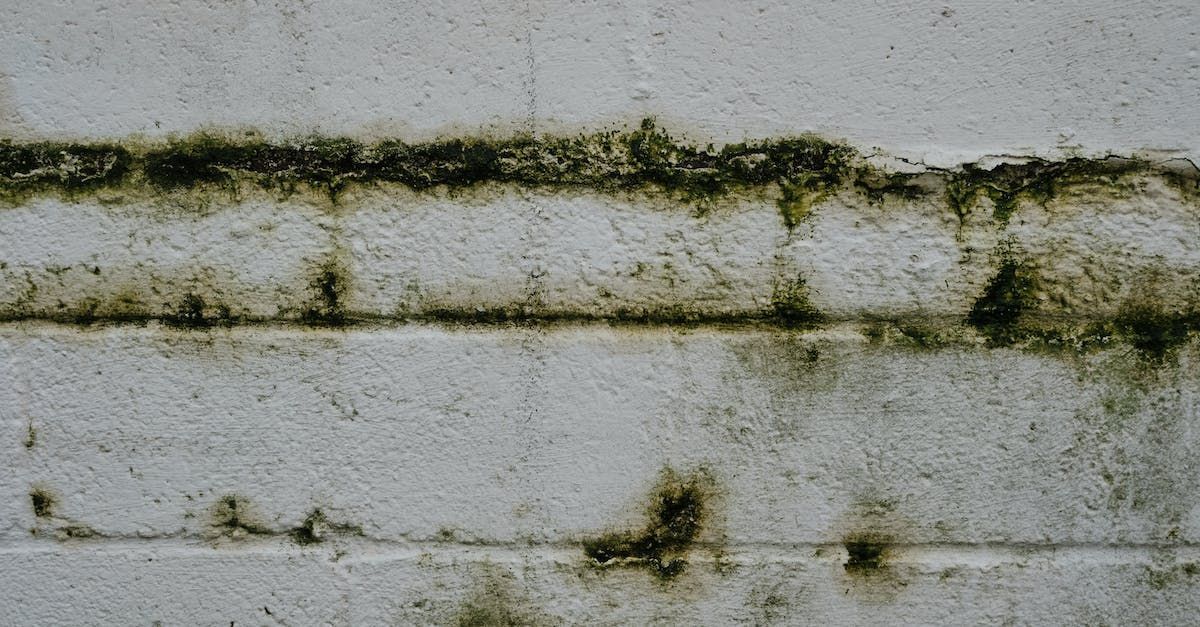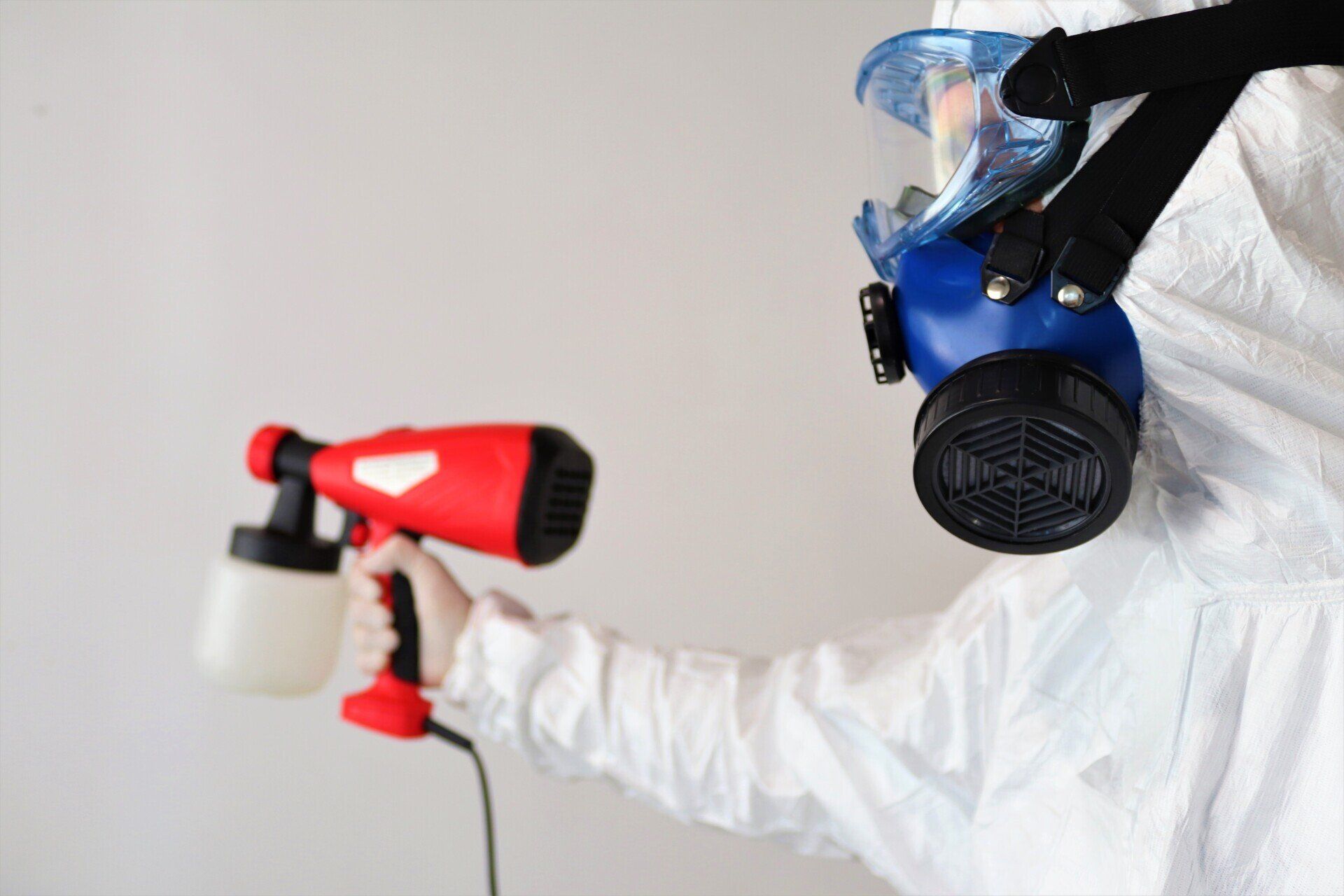How to Prevent Fire Damage in Your Commercial Building
How to Prevent Fire Damage in Your Commercial Building

Preventing commercial fire damage is of paramount importance for any business, ensuring safety and preserving assets. Each year, fires in commercial settings cause significant financial losses and jeopardize the safety of employees and customers. According to the National Fire Protection Association, fires in U.S. non-residential properties cause billions of dollars in property damage annually. This stark statistic underlines the critical need for fire prevention strategies to mitigate risks and protect investments. In this article, we will explore effective measures for preventing fire damage, focusing on early detection, adherence to fire safety regulations, and employee training. By implementing these practices, businesses can significantly reduce the risk of fire incidents and the devastating impact of commercial fire damage.
Understanding the Risks: Why Commercial Fires Happen
Understanding the common causes of fires in commercial settings is fundamental to preventing commercial property fire damage. Electrical issues, such as faulty wiring, overloaded circuits, and the misuse of electrical devices, stand as primary catalysts for fires in these environments. Similarly, heating equipment, when improperly maintained or positioned too close to combustible materials, can spark fires that quickly escalate. Additionally, the careless disposal of cigarettes in areas not designated for smoking can lead to devastating blazes, particularly if they come into contact with flammable substances.
The nature of a business greatly influences its fire risks. For instance, restaurants, with their kitchens, are at a higher risk due to cooking equipment, open flames, and the storage of combustible cooking materials. In contrast, office buildings might face greater risks from electrical equipment and systems that power numerous computers, servers, and other office machinery.
Conducting a thorough risk assessment is crucial for identifying potential fire hazards unique to a business's operations. This process involves evaluating the specific conditions of a commercial property, the activities conducted within it, and the types of materials present that may fuel a fire. By understanding these elements, businesses can implement targeted strategies to effectively mitigate the risks and protect their premises against commercial property fire damage. This proactive approach is essential in creating a safer environment for employees and customers while safeguarding business assets.
Essential Strategies for Preventing Fire Damage in Commercial Properties
In emphasizing the paramount importance of fire safety in commercial properties, it's crucial to acknowledge that proactive prevention is key to safeguarding both people and assets. Implementing stringent fire safety measures and regularly reviewing and upgrading these practices are fundamental steps in mitigating the risks of devastating fire damage.
1. Conduct Regular Fire Risk Assessments
Conducting regular fire risk assessments is a foundational step in identifying potential fire hazards within commercial properties. This process involves a thorough examination of the premises to pinpoint areas susceptible to fire outbreaks, such as faulty electrical wiring, improperly stored flammable materials, or overloaded circuits. Ideally, these assessments should be performed annually, or whenever significant changes are made to the layout or function of the premises. It is best carried out by professionals with expertise in fire safety and prevention, ensuring a comprehensive evaluation of potential risks.
2. Install and Maintain Fire Detection Systems
Early fire detection is vital for minimizing damage and ensuring safety. Fire detection systems, such as smoke alarms and heat detectors, play a critical role in alerting occupants and authorities at the first sign of fire. It's imperative to install these systems strategically throughout the property, especially in high-risk areas. Regular maintenance, including monthly tests and annual professional inspections, ensures these systems function correctly when needed most, providing a crucial window for emergency response and evacuation.
3. Ensure Electrical Safety
Electrical systems, if not properly managed, pose significant fire risks in commercial environments. Overloaded power outlets, outdated wiring, and the improper use of extension cords are common hazards. Routine inspection and maintenance of electrical systems by qualified electricians can prevent these issues. To ensure safety, it's essential to adhere to the capacity limits of power outlets and to replace any damaged wires or cables promptly. Encourage regular audits of electrical appliances and discourage the daisy-chaining of power strips to minimize risk.
4. Implement Fire Suppression Solutions
Fire suppression solutions such as sprinkler systems and fire extinguishers are crucial in controlling or extinguishing fires before they spread. Accessibility to these systems and knowledge of their proper usage is essential for ensuring rapid response during a fire incident. Regular maintenance checks, including inspections and testing by certified professionals, guarantee that these systems are always operational. Training employees on the correct operation of fire extinguishers and the functionality of sprinkler systems further enhances a property's readiness to handle fire emergencies effectively.
5. Safe Storage of Flammable Materials
Common flammable materials in commercial settings include solvents, cleaning agents, paints, and fuels. Proper storage in designated areas away from ignition sources is crucial. Containers should be durable, appropriately labeled, and, if required by the material's nature, equipped with ventilation. The significance of correct labeling cannot be overstressed, as it ensures materials are easily identifiable, reducing mishandling risks. Containment solutions, such as spill trays for liquids, prevent leaks and further mitigate fire hazards.
6. Conduct Regular Fire Safety Training
Regular fire safety training for employees is crucial as it equips them with the knowledge and skills to respond effectively to fire emergencies, potentially saving lives and minimizing property damage. Effective training programs should include practical exercises, such as fire drill simulations and the use of fire extinguishers, alongside theoretical learning about fire prevention strategies. Training sessions should be conducted annually or more frequently if changes in personnel or premises occur, ensuring all employees are familiar with emergency procedures and evacuation routes.
7. Maintain Clear Escape Routes and Evacuation Plans
Maintaining clear and accessible escape routes is paramount in ensuring a swift and safe evacuation during a fire outbreak. Developing comprehensive evacuation plans that are prominently displayed and communicated to all employees is essential. These plans should detail the quickest exit paths and assembly points. Regular fire drills are critical, as they familiarize staff with evacuation procedures, reducing panic and confusion in actual emergencies. This practice reinforces the importance of readiness and promotes a culture of safety within the workplace.
8. Utilize Fire-Resistant Materials and Fire Doors
The incorporation of fire-resistant materials in construction significantly reduces the risk of fire spread, providing crucial time for evacuation and response. Fire doors, a critical element of this strategy, act as barriers to halt the progression of fire and smoke between compartments. Ensuring these components meet local building codes through regular inspections and compliance checks is vital for maintaining their integrity. Incorporating fire-resistant materials and fire doors not only enhances safety but also minimizes potential damage.
9. Enforce Strict Smoking Policies
Smoking in commercial areas poses a significant fire risk due to the potential for improperly discarded cigarettes to ignite flammable materials. To mitigate this danger, implementing strict smoking policies is essential. Establish designated smoking areas that are well away from potential hazards and equipped with adequate cigarette disposal bins. It's crucial to ensure these areas are clearly marked and communicated to all employees and visitors. Proper disposal of smoking materials cannot be overstressed, as it significantly reduces the risk of accidental fires.
10. Stay Compliant with Fire Safety Regulations
Adhering to local fire safety regulations is paramount in protecting lives and property. These regulations are designed to minimize fire risks and ensure a safe environment for both employees and visitors. Regular inspections play a crucial role in identifying potential hazards before they escalate into serious incidents. To stay updated on fire safety compliance, businesses should consult resources such as the National Fire Protection Association (NFPA) and local fire department guidelines, which provide the latest standards and practices.
How to Respond to a Fire Emergency
Despite rigorous preventative measures, a fire can still break out in commercial properties. It's paramount that in such emergencies, individuals act swiftly and stay calm to ensure a safe and orderly evacuation. First, alert everyone in the vicinity about the fire, and then immediately contact local fire departments and emergency services without delay, providing them with detailed information about the situation and your location. Initiate the pre-established evacuation plan, guiding all personnel to use the nearest safe exits and move to the designated assembly area.
Avoid using elevators as they pose a significant risk during fires. Instead, use stairwells and ensure that fire doors are closed to prevent the spread of smoke and fire. Coordination with emergency responders is crucial; upon their arrival, provide them with any information that can help manage the emergency more effectively. Remember, the safety of all individuals is the priority and underscores the importance of remaining composed throughout the evacuation process.
Post-Fire Recovery Strategies
After a fire, handling the aftermath involves immediate and strategic actions to minimize disruptions and begin the recovery process. A crucial step is to communicate with your insurance provider. Ensure you have comprehensive fire insurance coverage that adequately protects against all possible damages. Document the damage thoroughly with photographs and detailed notes to support your insurance claim. This evidence is essential for a smooth claim process.
Choosing a reputable fire restoration company is equally important. Look for companies with certifications and extensive experience in fire damage restoration. Seek recommendations, read reviews, and verify their credentials to ensure they can meet your specific needs. A competent restoration company can significantly reduce the recovery time and costs by promptly addressing structural damage, smoke, and water issues.
Remember, the post-fire phase is critical for your business's future. Proper insurance coverage and selecting the right fire restoration partner are key steps toward a successful recovery.
Safeguard and Restore: A Comprehensive Approach to Fire Safety
In the wake of fire damage, selecting a seasoned restoration partner like Rx Restoration is essential for a prompt and efficient recovery. Renowned for our expertise and commitment to quality, we bring your commercial property back to pre-fire conditions, ensuring minimal business interruption. Our certified professionals are equipped to handle every aspect of fire damage, from structural repairs to smoke and soot eradication. Trust us to be your ally in navigating the complexities of fire recovery with unparalleled precision and care. Don't wait to begin the restoration process. Contact Rx Restoration today and take the first step toward a swift and comprehensive recovery.

